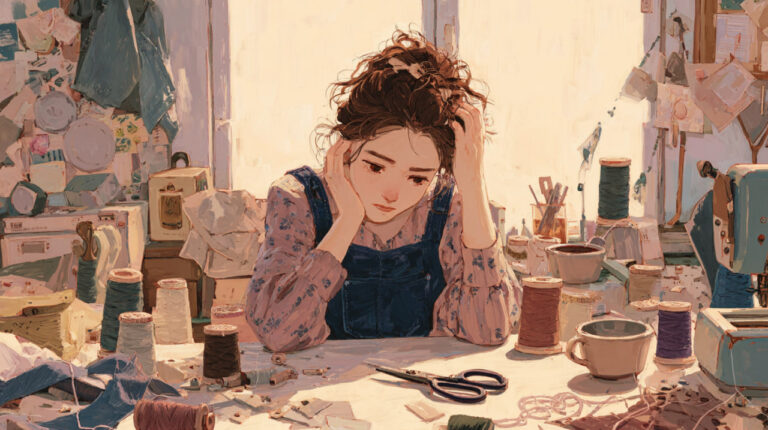
The Seam Ripper Is Your Friend
No sewist wants to talk about it—but every sewist does it………
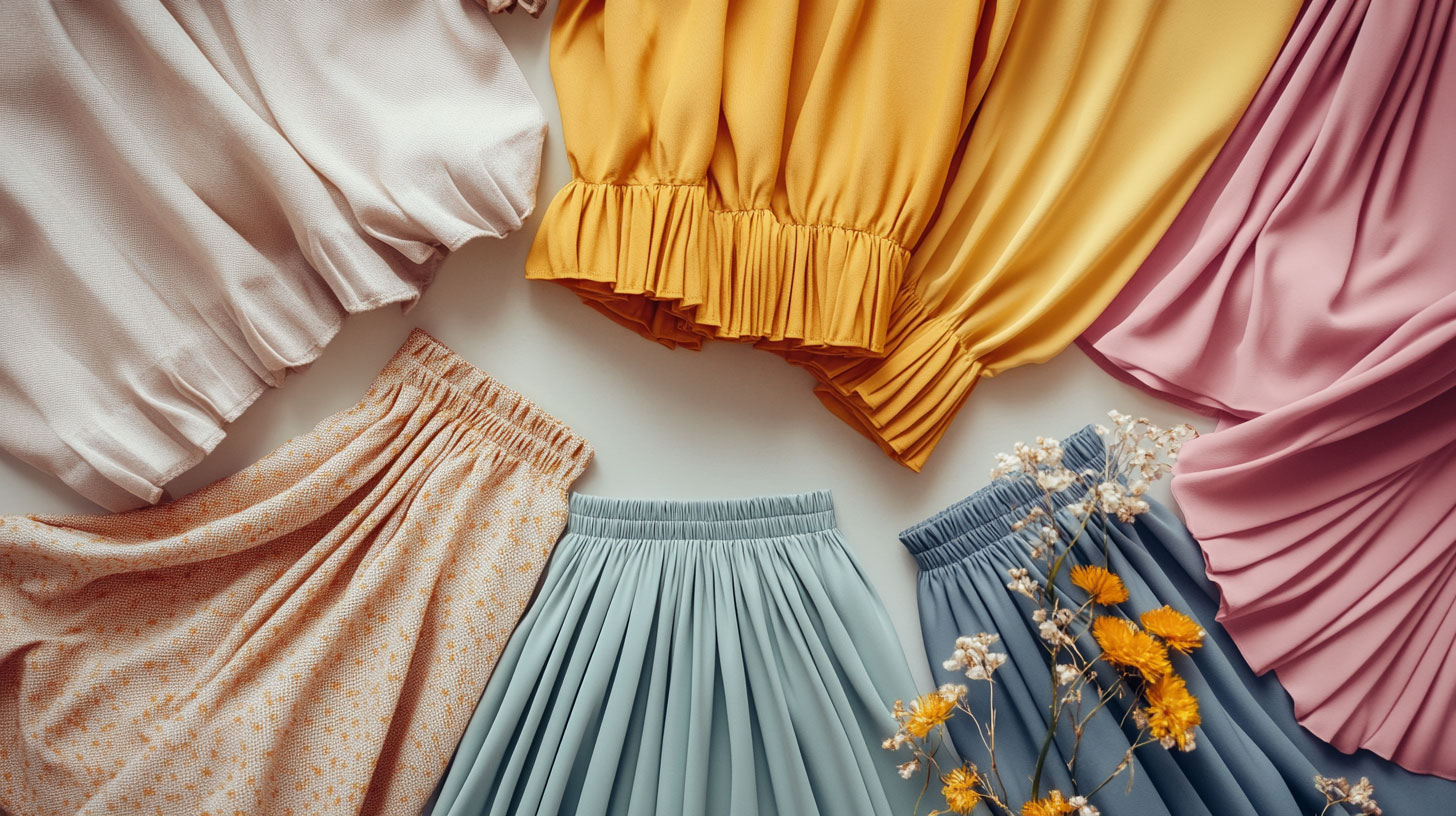
From ancient civilizations to modern catwalks, the skirt has remained one of the most versatile and enduring garments in fashion history. Worn by men and women alike throughout time, the skirt has evolved through countless styles, fabrics, and cultural influences, making it a true icon of personal expression and design innovation.
A Brief History of the Skirt
The skirt is one of the oldest garments known to humanity, dating back thousands of years. Early versions of skirts were simple pieces of fabric wrapped around the body, seen in ancient Mesopotamia, Egypt, and Greece. In many cultures, skirts were a unisex garment, worn by warriors, nobles, and commoners alike.
During the Middle Ages, skirts became a defining feature of women’s fashion in Europe. The Renaissance era saw elaborate designs with voluminous fabrics, often supported by petticoats and hoops. By the 19th century, skirts became an indicator of social status, with wealthier women wearing floor-length skirts with intricate detailing.
The 20th century revolutionized the skirt. In the 1920s, hemlines rose dramatically with the flapper movement, marking a bold step towards women’s liberation. The 1950s saw the return of full, elegant skirts, while the 1960s introduced the miniskirt, a daring and rebellious fashion statement pioneered by designers like Mary Quant.
Today, skirts come in endless variations, from business chic pencil skirts to flowing bohemian maxis, proving that this piece of clothing is both timeless and adaptable to modern trends.
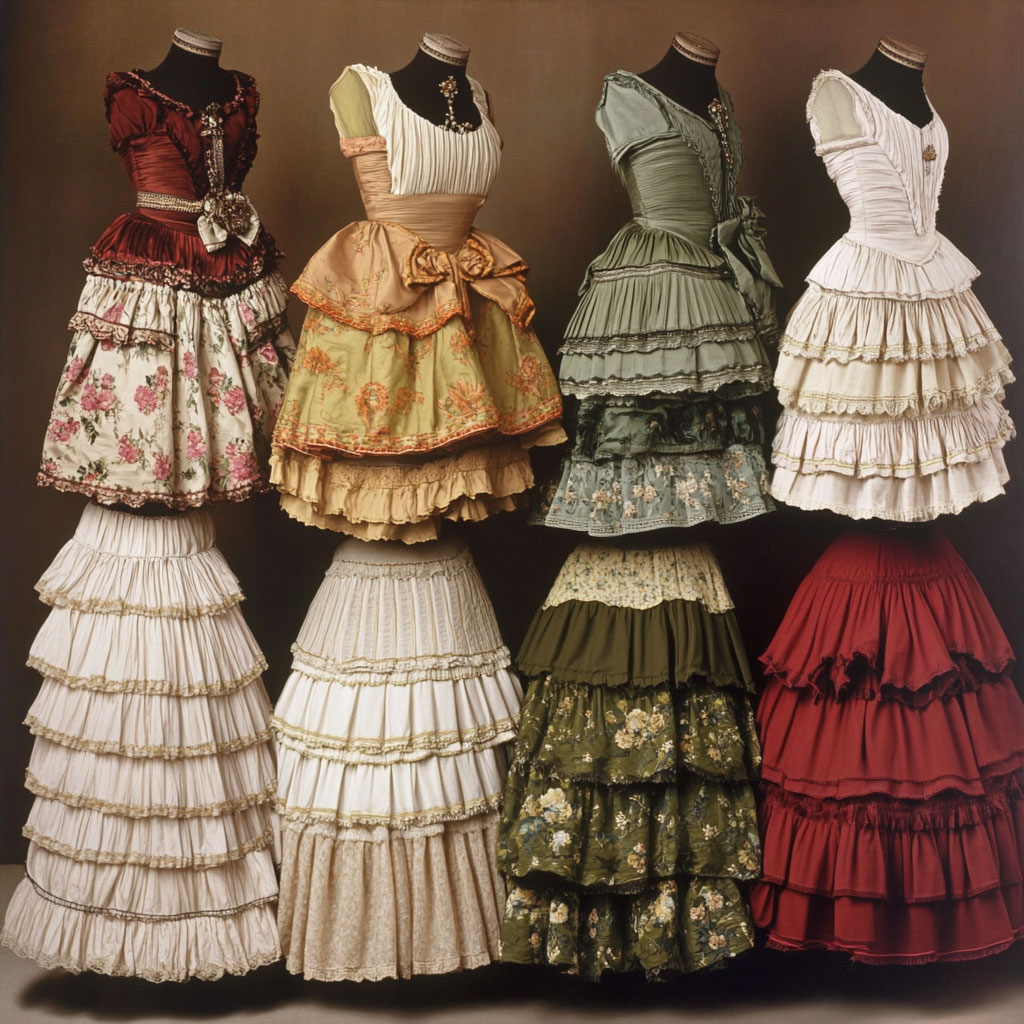
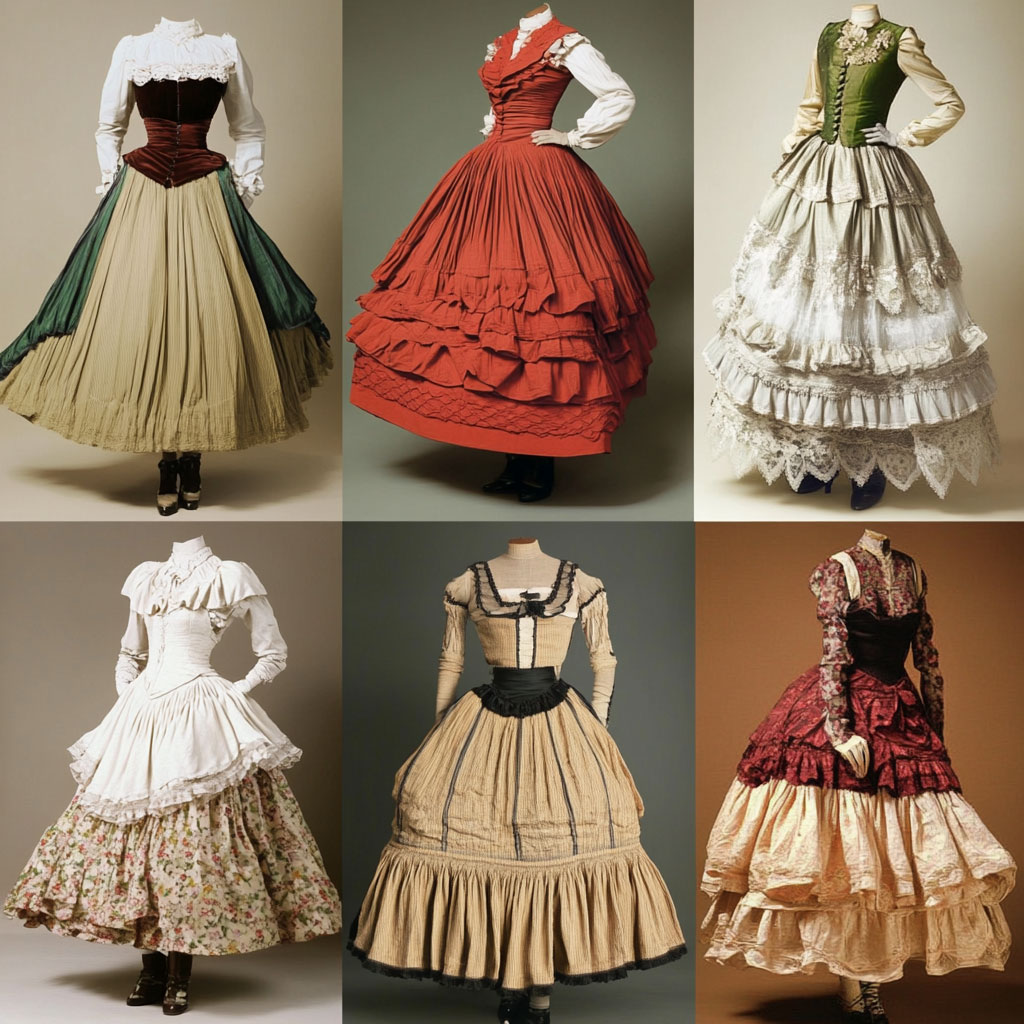
Skirts in Today’s Fashion
In contemporary fashion, skirts are an essential part of every wardrobe. They are available in a wide range of lengths, materials, and styles, making them a go-to garment for every season and occasion.
High-end designers and fast fashion brands alike continue to reinvent the skirt, proving that this garment remains relevant in every fashion cycle.
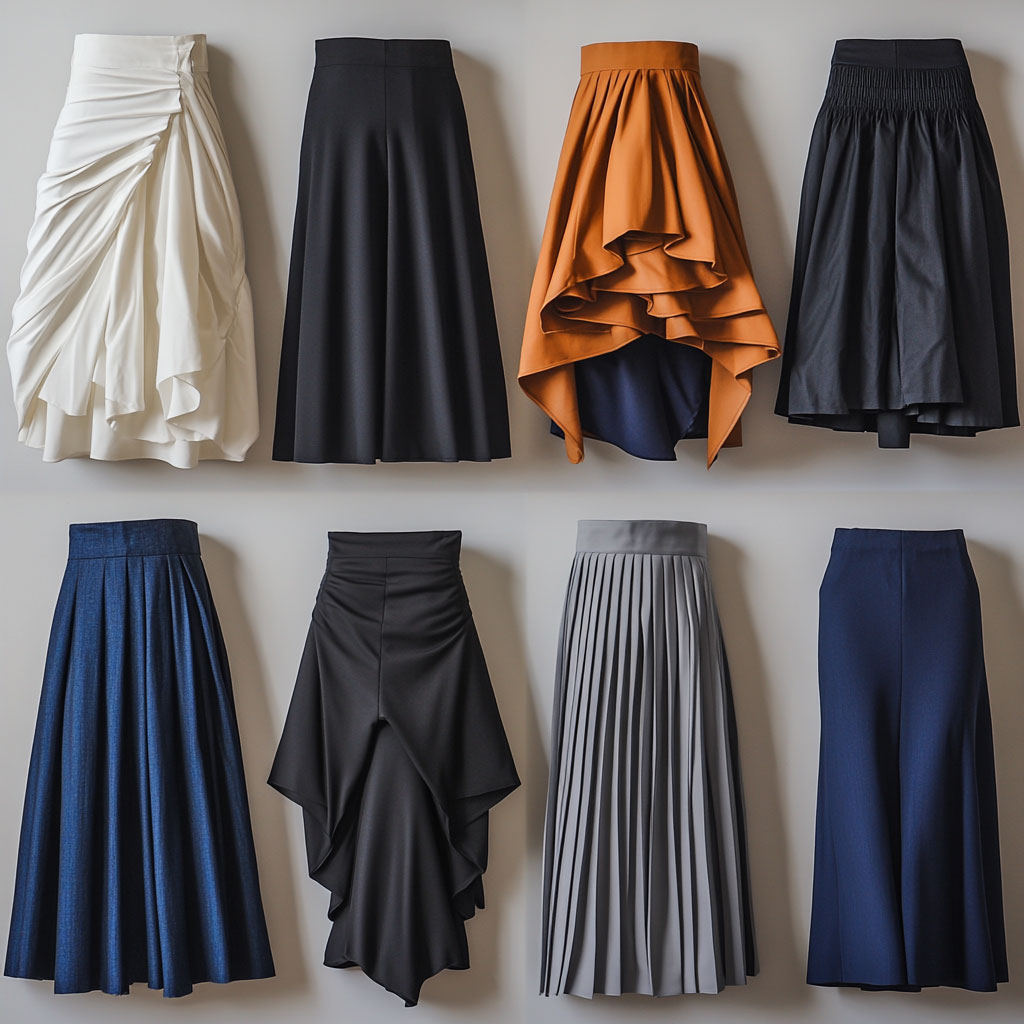
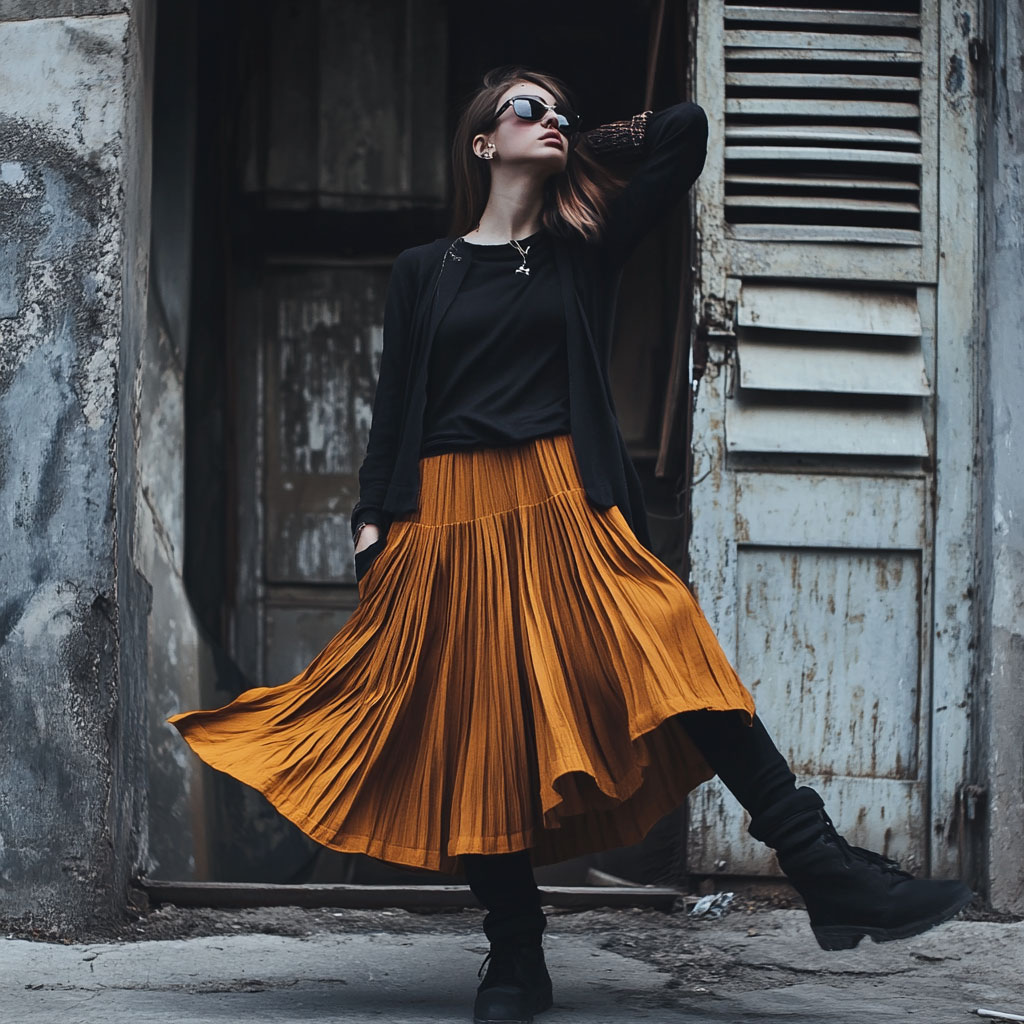
The Comfort Factor
One of the biggest advantages of skirts is their comfort and adaptability. Unlike trousers, skirts offer unrestricted movement and can be adjusted to suit different body types and personal preferences. Lightweight fabrics like cotton and linen make skirts perfect for warm weather, while heavier materials such as wool and leather provide warmth during colder months.
Skirts also allow for easy layering, making them a practical choice for any season. Paired with tights and boots in winter or worn with sandals in summer, skirts offer both style and functionality.
The Future of Skirt Design
Sustainability is becoming a major focus in fashion, and skirts are no exception. Designers are increasingly using eco-friendly fabrics, recycled materials, and ethical production methods to create stylish yet responsible garments. Vintage and second-hand skirts are also gaining popularity, as fashion enthusiasts embrace slow fashion and sustainable shopping habits.
Gender-fluid fashion is also reshaping the way skirts are worn. Once considered strictly feminine, skirts are now seen on menswear runways and in unisex collections, challenging traditional fashion norms. Designers like Thom Browne and Marc Jacobs have introduced skirts into men’s fashion, proving that style knows no gender boundaries.
A Wardrobe Essential
As legendary designer Coco Chanel once said, “Fashion fades, only style remains the same.” The skirt is a perfect example of this sentiment—constantly evolving while maintaining its core essence. Whether worn for elegance, rebellion, or comfort, the skirt remains a staple in global fashion, proving that this timeless garment will never go out of style.
From ancient robes to high-fashion couture, the skirt continues to be a powerful symbol of fashion history and personal expression. No matter how trends change, one thing is certain: skirts will always find a way to stay relevant in the world of style.
share this post:

No sewist wants to talk about it—but every sewist does it………
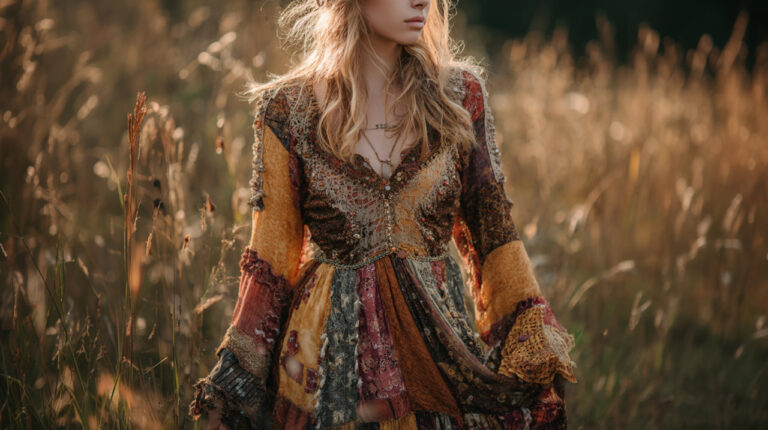
You’ve carefully cut the fabric. You’ve followed every step of the pattern instructions. ……